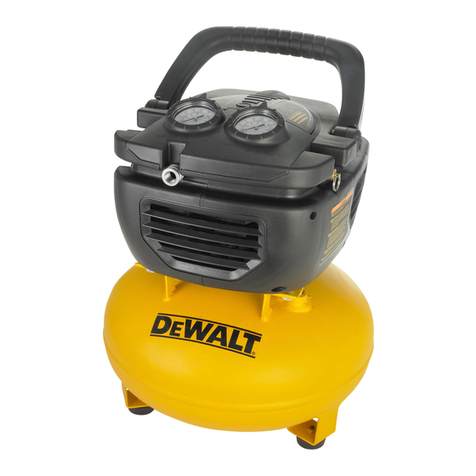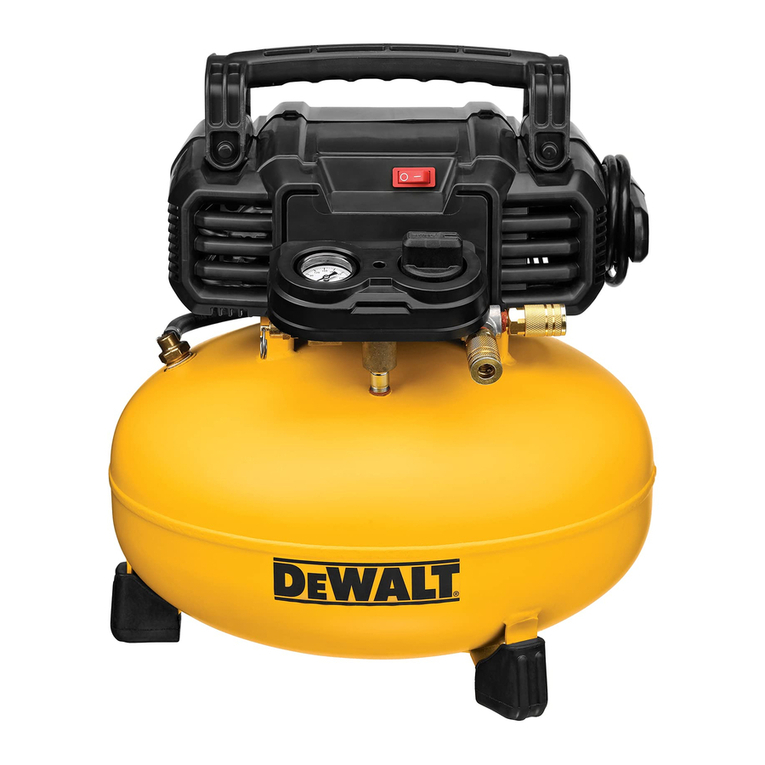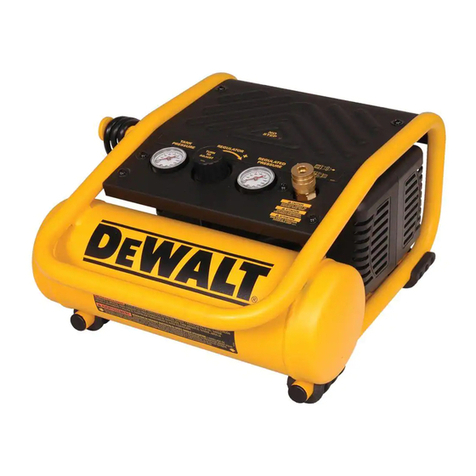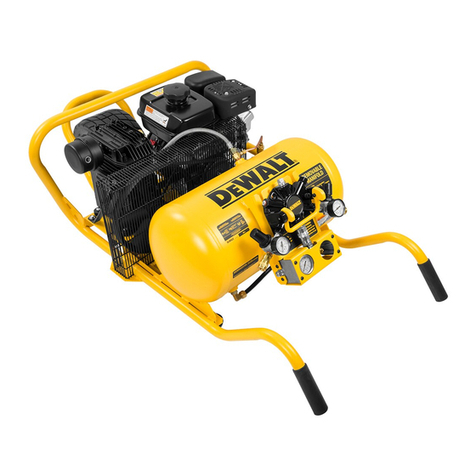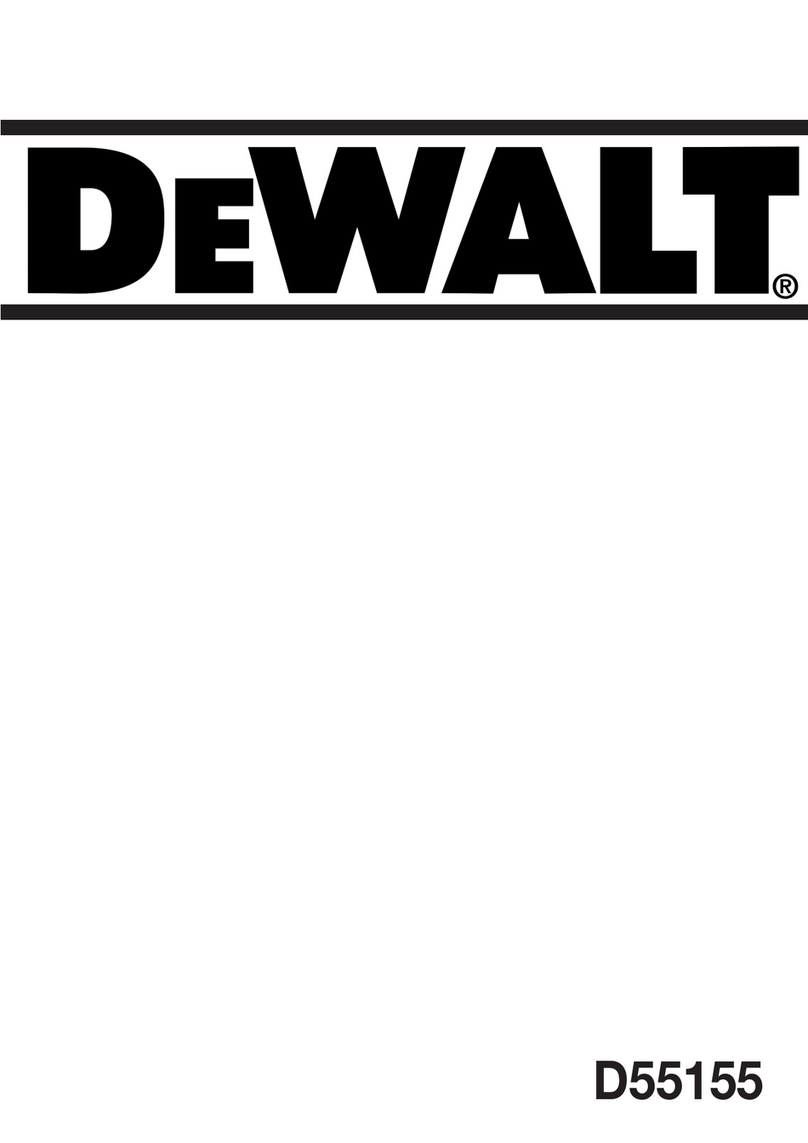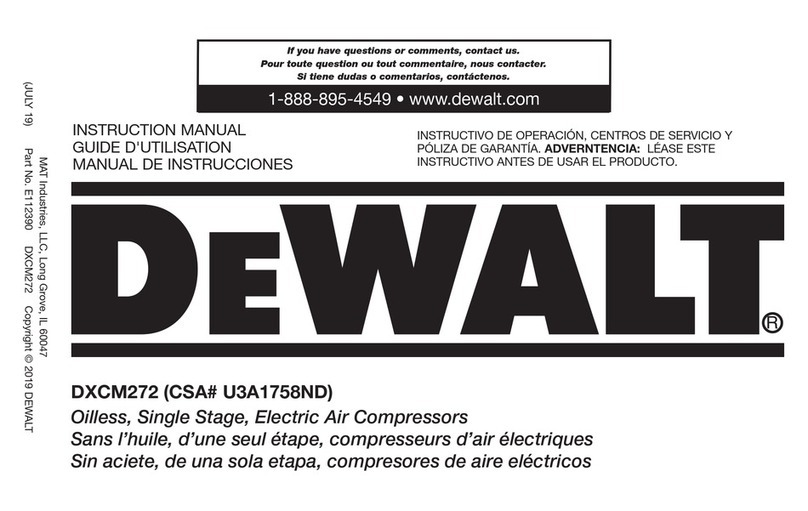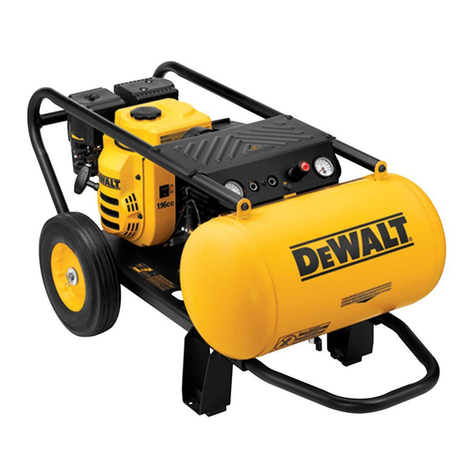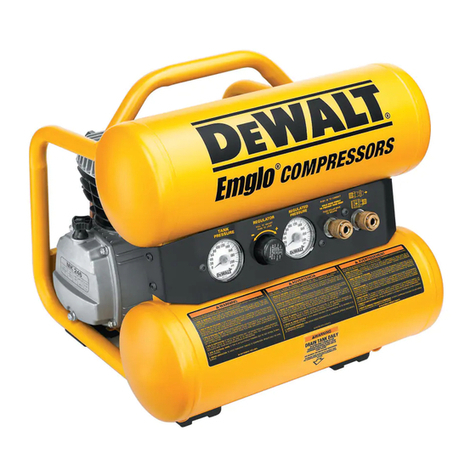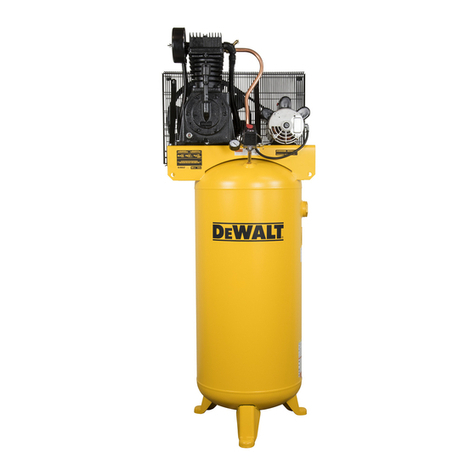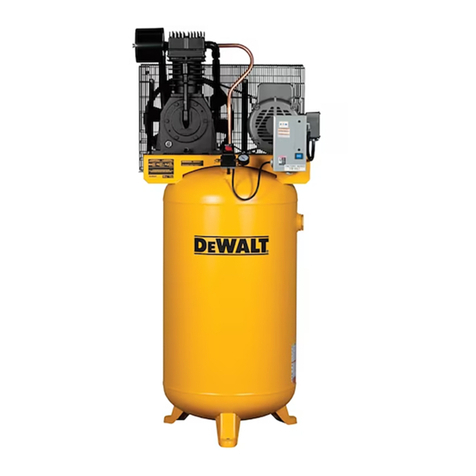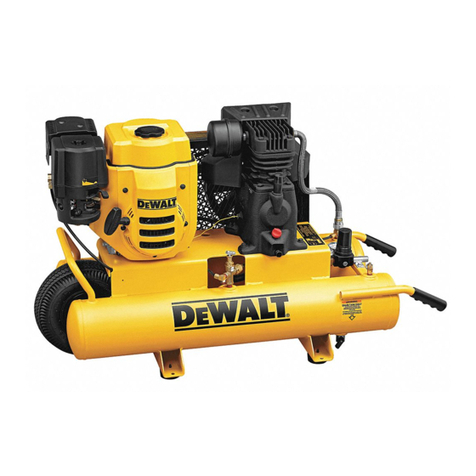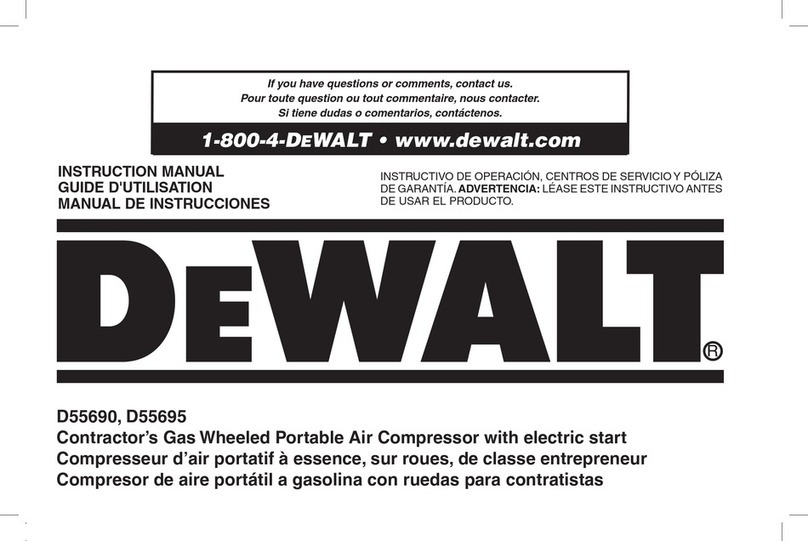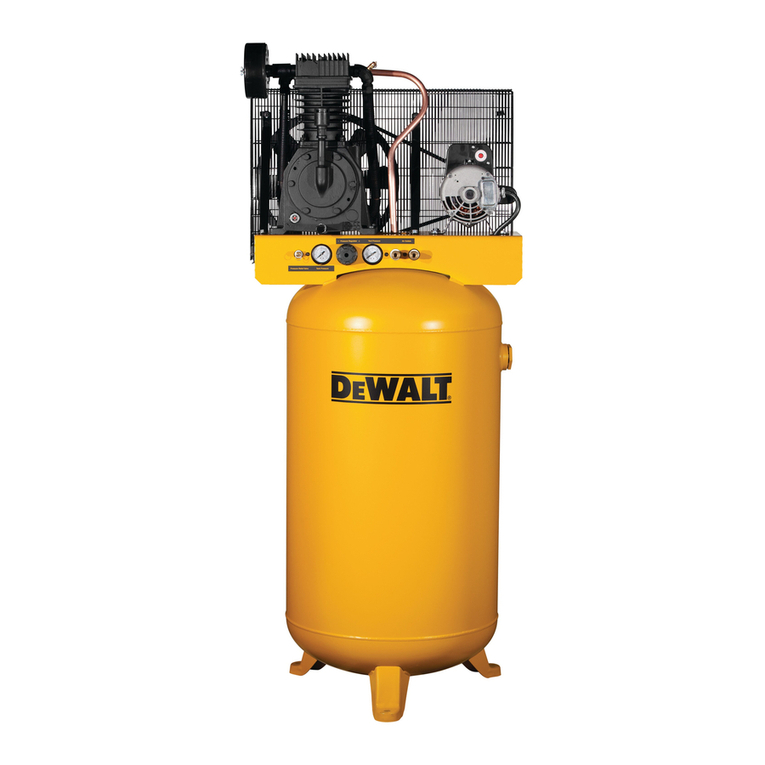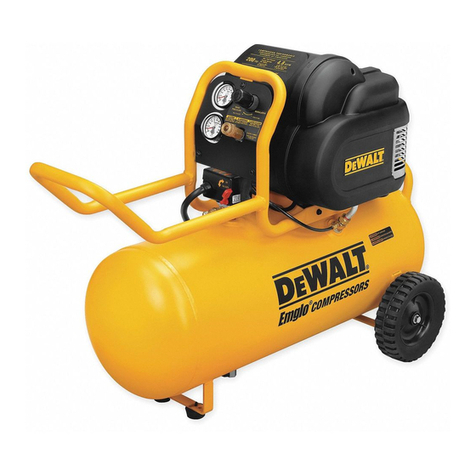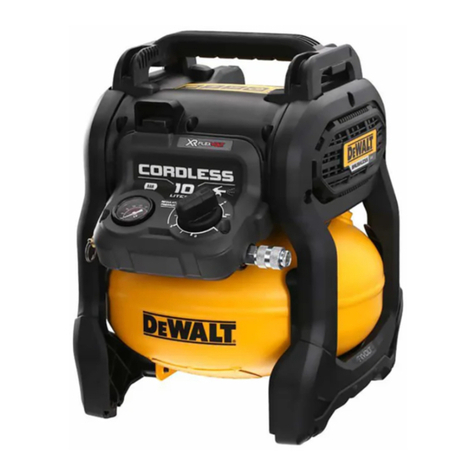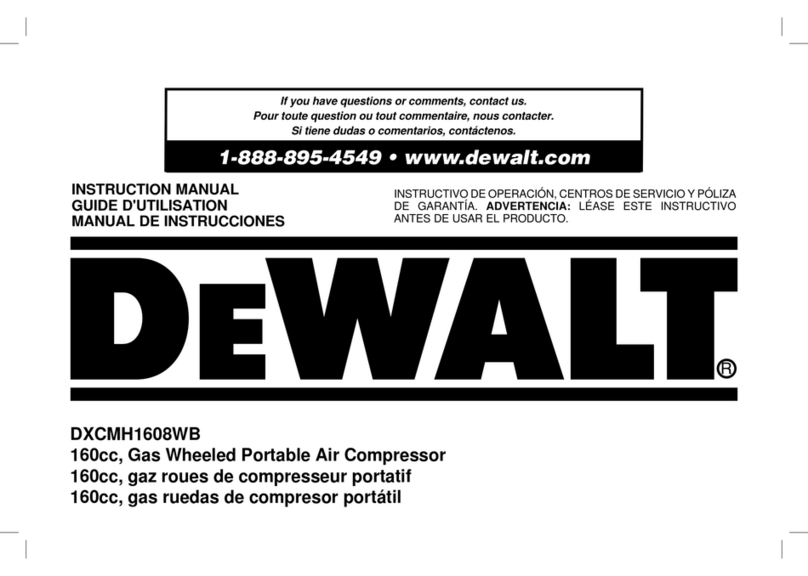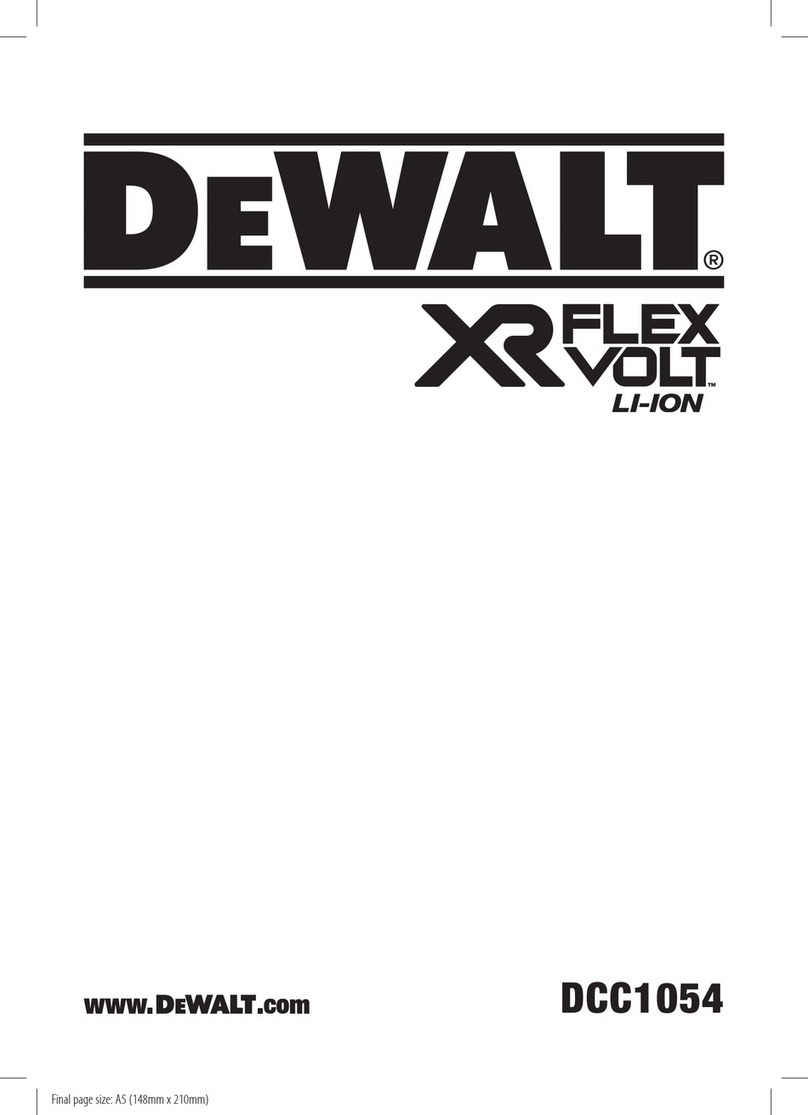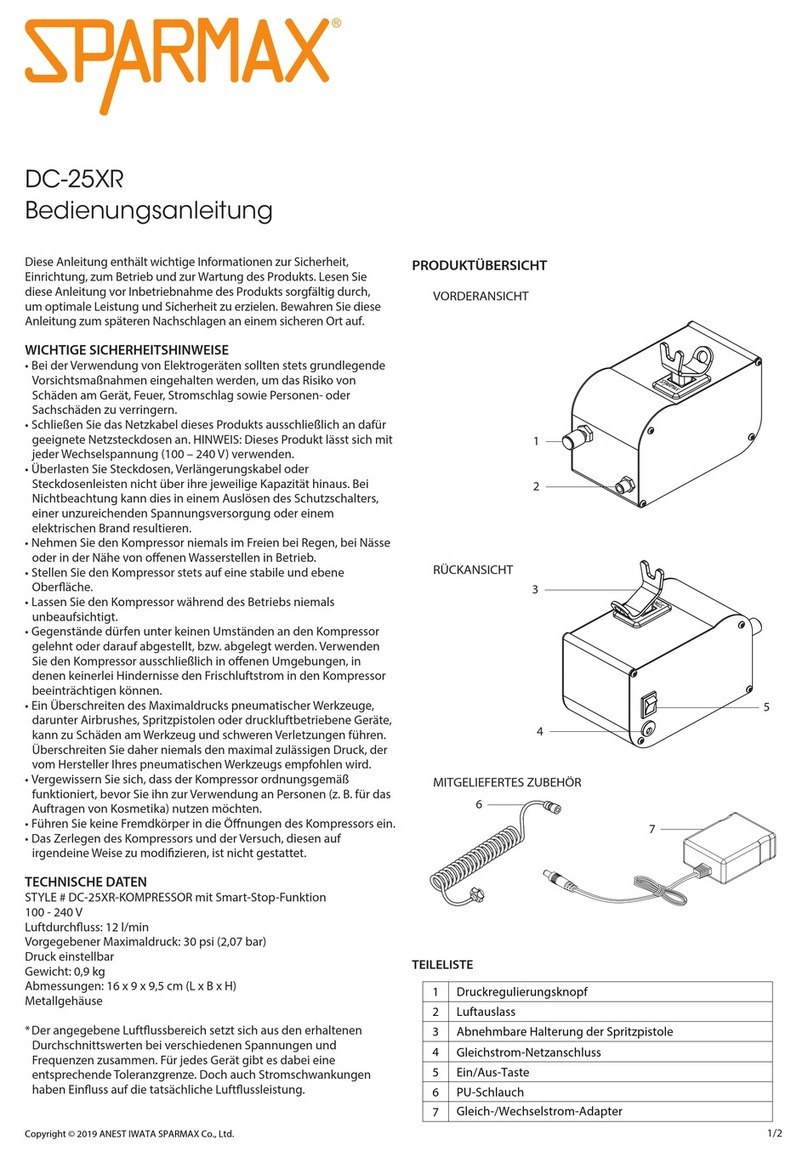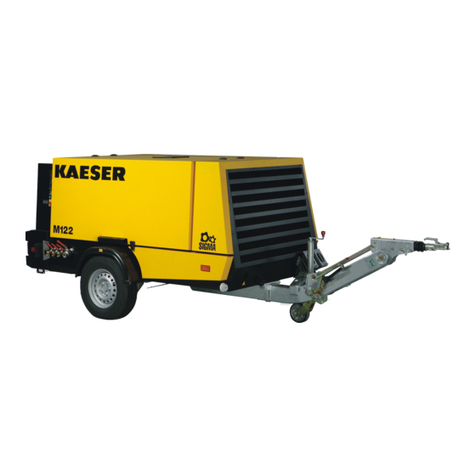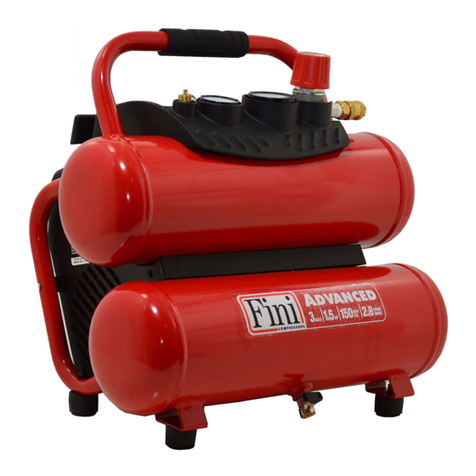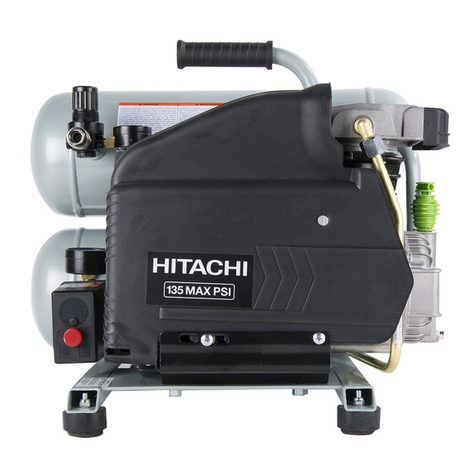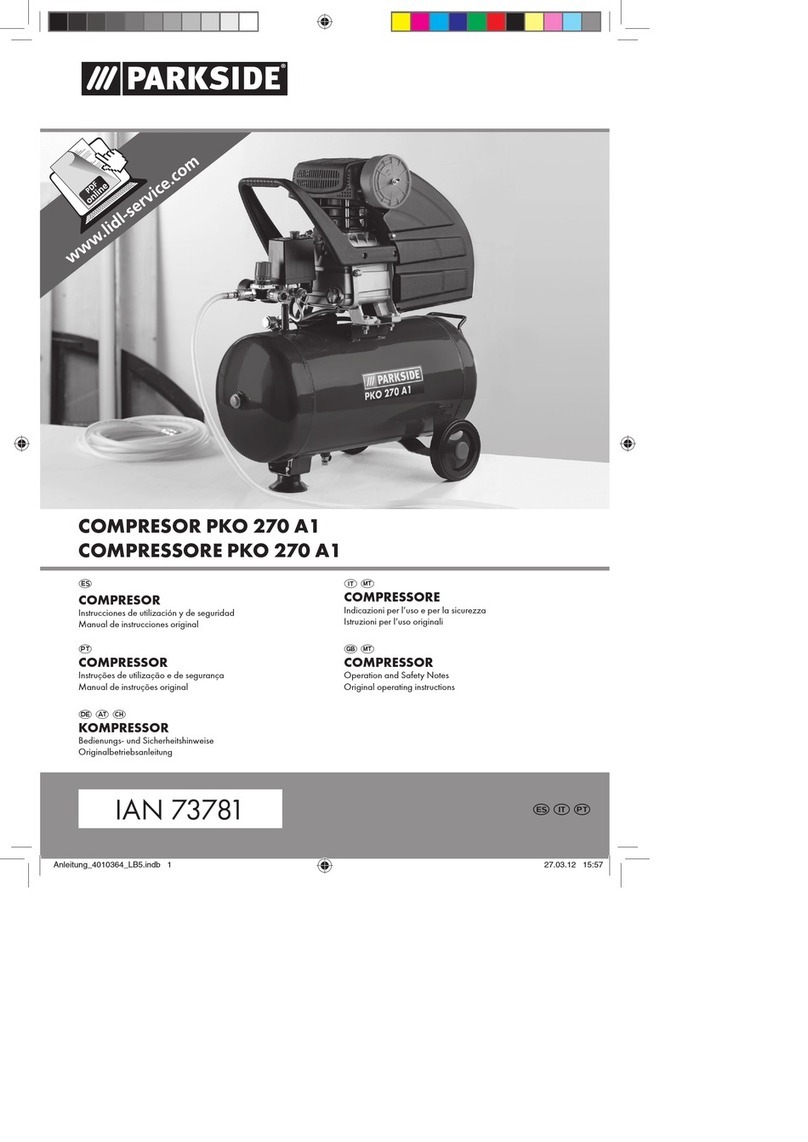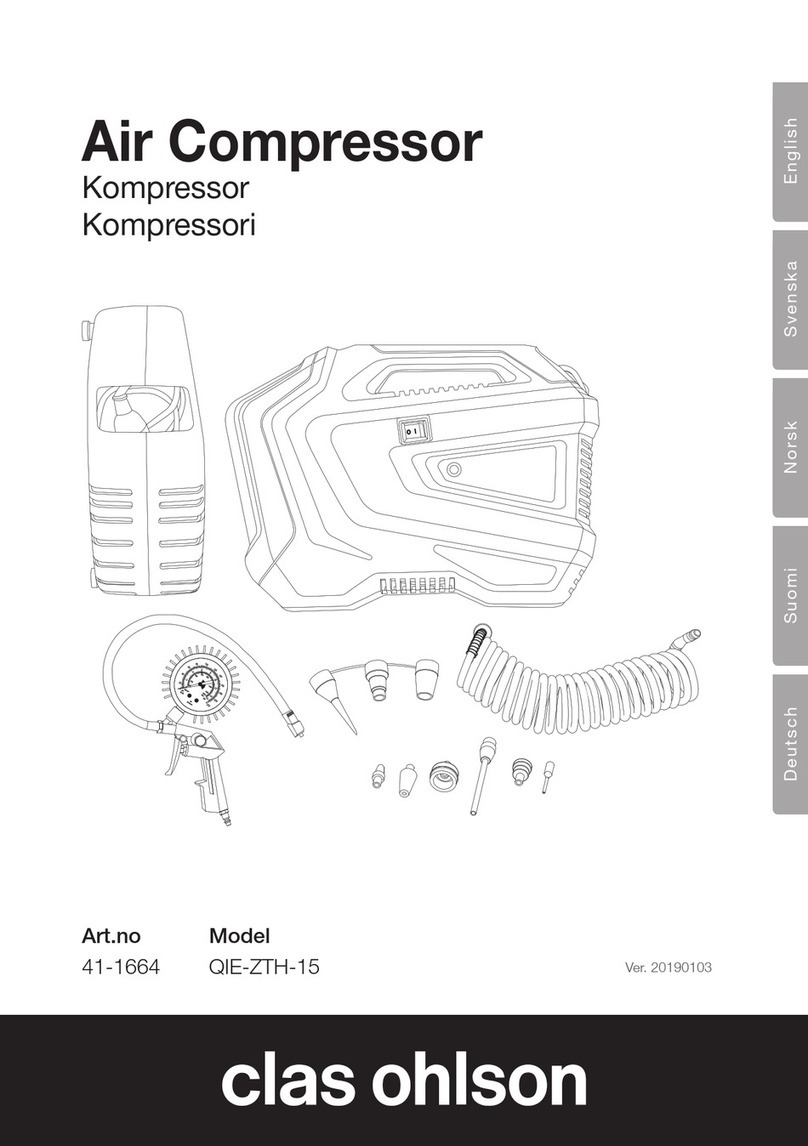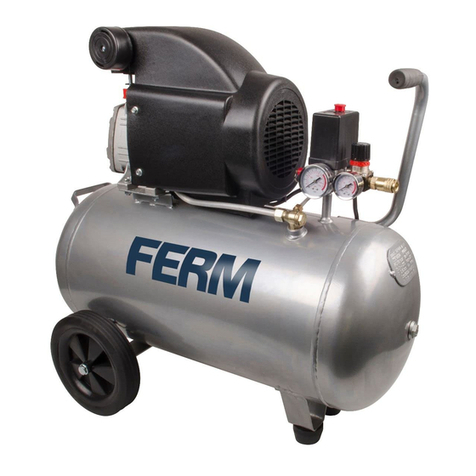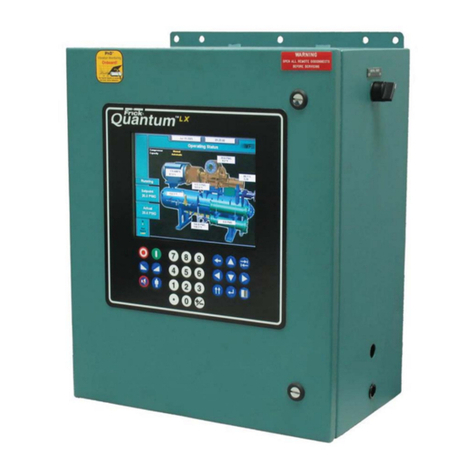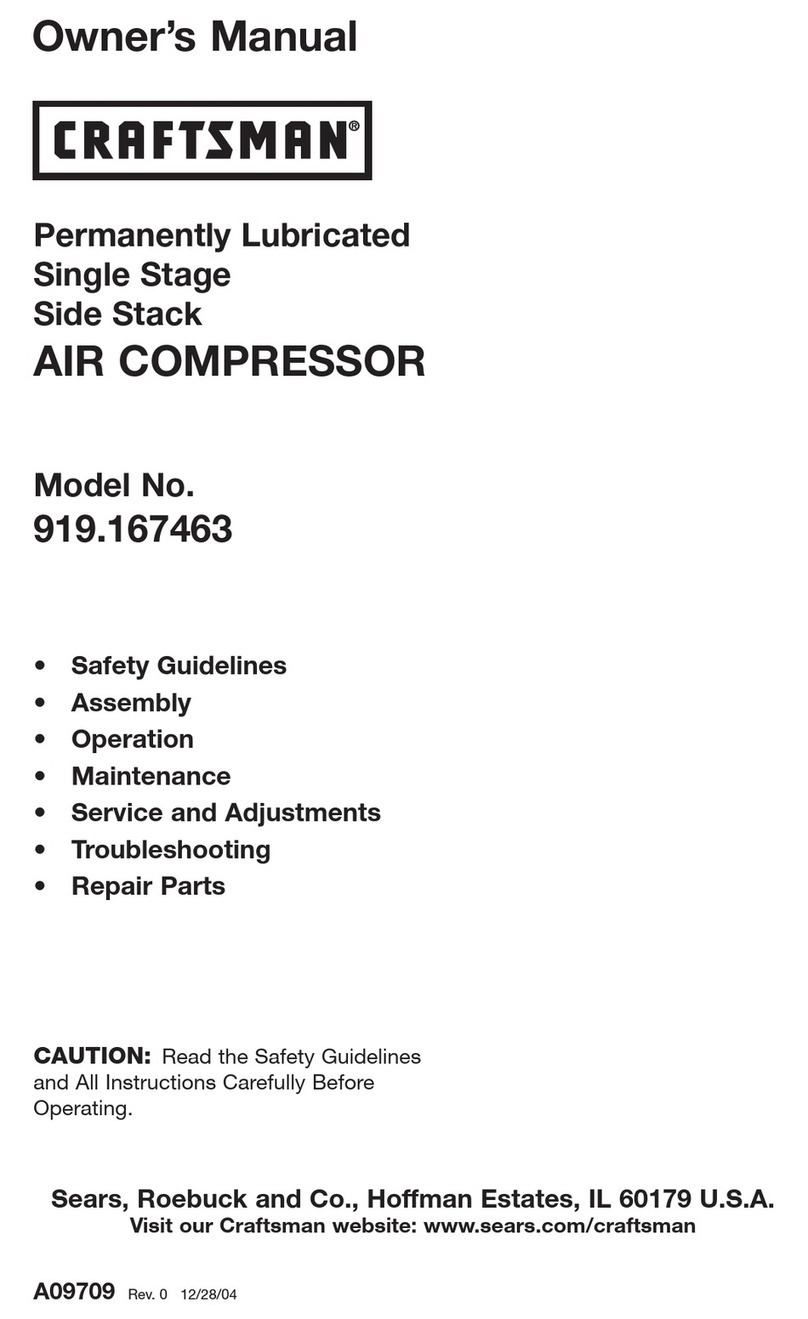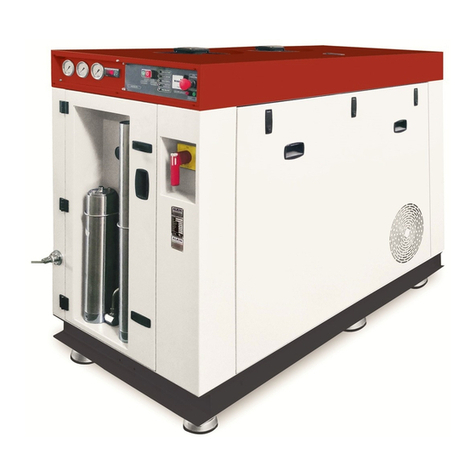
Exceeding the pressure rating of
air tools, spray guns, air operated
accessories, tires, and other
inflatables can cause them to
explode or fly apart, and could
result in serious injury.
Follow the equipment
manufacturers recommendation
and never exceed the maximum
allowable pressure rating of
attachments. Never use compressor
to inflate small low pressure
objects such as children’s toys,
footballs, basketballs, etc.
Tires:
Over inflation of tires could
result in serious injury and
property damage.
Use a tire pressure gauge to check
the tires pressure before each
use and while inflating tires; see
the tire sidewall for the correct
tire pressure.
NOTE: Air tanks, compressors
and similar equipment used to
inflate tires can fill small tires
similar to these very rapidly. Adjust
pressure regulator on air supply
to no more than the rating of the
tire pressure. Add air in small
increments and frequently use the
tire gauge to prevent over inflation.
WARNING: RISK OF ELECTRICAL SHOCK
What can happen How to prevent it
Your air compressor is powered
by a battery. Like any other direct
current powered device, if it is
not used properly it may cause
electric shock.
Never operate the compressor
outdoors when it is raining or in
wet conditions.
Never operate compressor with
protective covers removed
or damaged.
Repairs attempted by unqualified
personnel can result in serious
injury or death by electrocution.
Any electrical wiring or repairs
required on this product should
be performed by a D
WALT
factory service center or a D
WALT
authorized service center in
accordance with national and local
electrical codes.
WARNING: RISK FROM FLYING OBJECTS
What can happen How to prevent it
The compressed air stream can
cause soft tissue damage to
exposed skin and can propel
dirt, chips, loose particles, and
small objects at high speed,
resulting in property damage or
personal injury.
Always wear certified safety
equipment: ANSI Z87.1 eye
protection (CAN/CSA Z94.3)
with side shields when using
the compressor.
Never point any nozzle or sprayer
toward any part of the body or at
other people or animals.
Always turn the compressor off and
bleed pressure from the air hose
and air tank before attempting
maintenance, attaching tools
or accessories.
WARNING: RISK OF HOT SURFACES
What can happen How to prevent it
Touching exposed metal such as
the compressor head, engine head,
engine exhaust or outlet tubes, can
result in serious burns.
Never touch any exposed metal
parts on compressor during or
immediately after operation.
Compressor will remain hot for
several minutes after operation.
Do not reach around protective
shrouds or attempt maintenance
until unit has been allowed to cool.
WARNING: RISK FROM MOVING PARTS
What can happen How to prevent it
Moving parts such as fans and
connecting rods can cause serious
injury if they come into contact
with you or your clothing.
Never operate the compressor
with guards or covers which are
damaged or removed
Keep your hair, clothing, and
gloves away from moving parts.
Loose clothes, jewelry, or long hair
can be caught in moving parts.
Air vents may cover moving parts
and should be avoided as well.
Attempting to operate compressor
with damaged or missing parts or
attempting to repair compressor
with protective shrouds removed
can expose you to moving parts
and can result in serious injury.
Any repairs required on this
product should be performed by a
D
WALT factory service center or a
D
WALT authorized service center.
WARNING: RISK OF UNSAFE OPERATION
What can happen How to prevent it
Unsafe operation of your air
compressor could lead to serious
injury or death to you or others.
Review and understand all
instructions and warnings in
this manual.
Become familiar with the operation
and controls of the air compressor.
Keep operating area clear of all
persons, pets, and obstacles.
Keep children away from the air
compressor at all times.
Do not operate the product when
fatigued or under the influence
of alcohol or drugs. Stay alert at
all times.
Never modify or defeat the safety
features of this product.
Equip area of operation with a
fire extinguisher.
Do not operate machine
with missing, broken, or
unauthorized parts.
Never stand on the compressor.
WARNING: RISK OF FALLING
